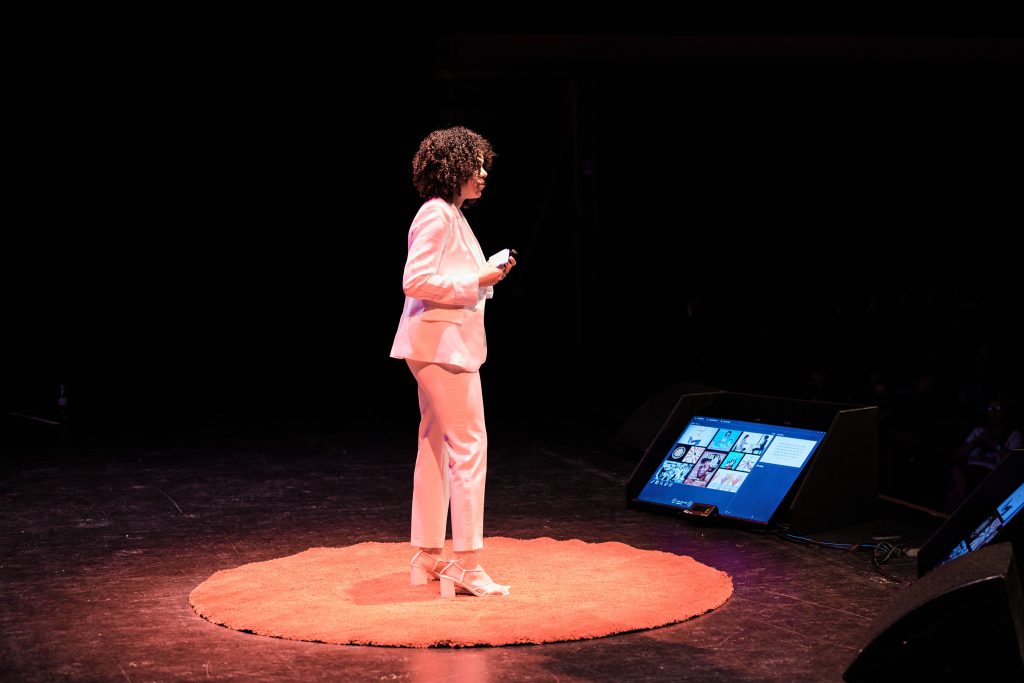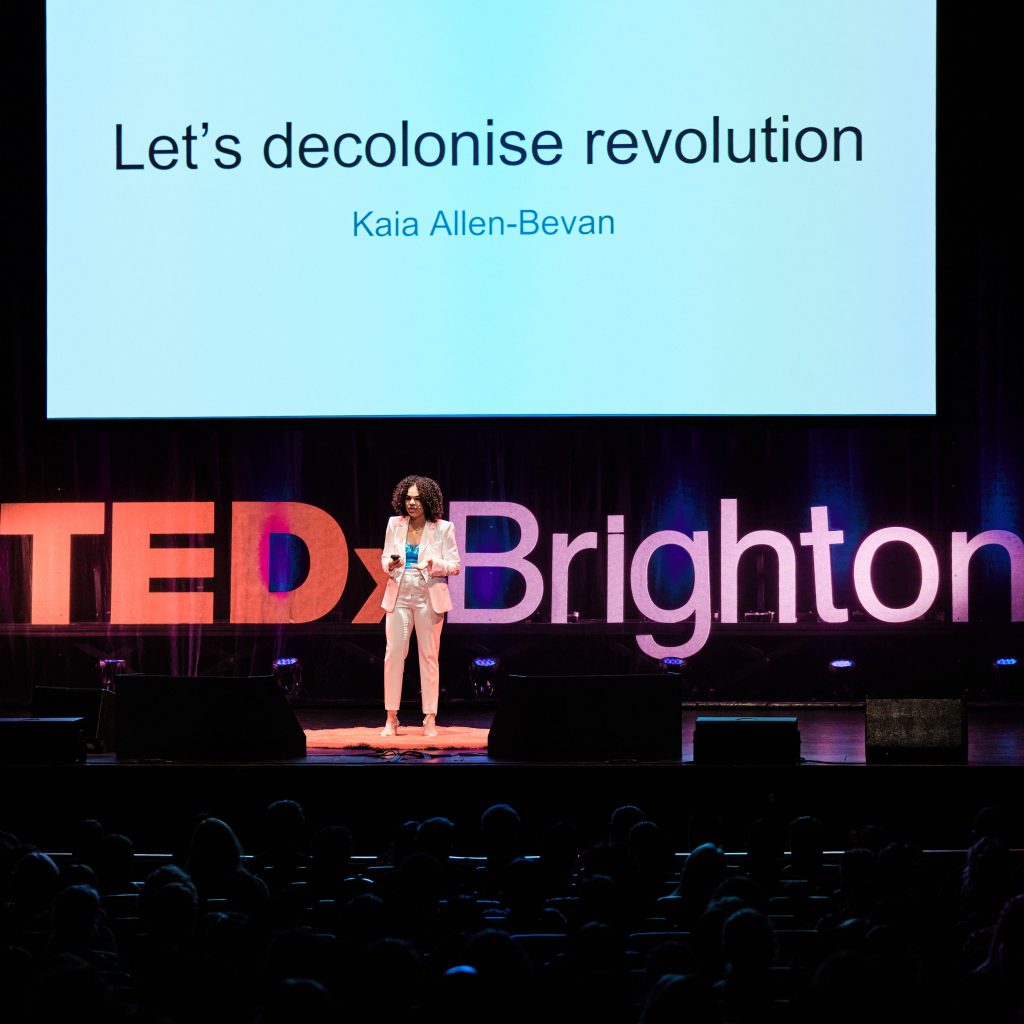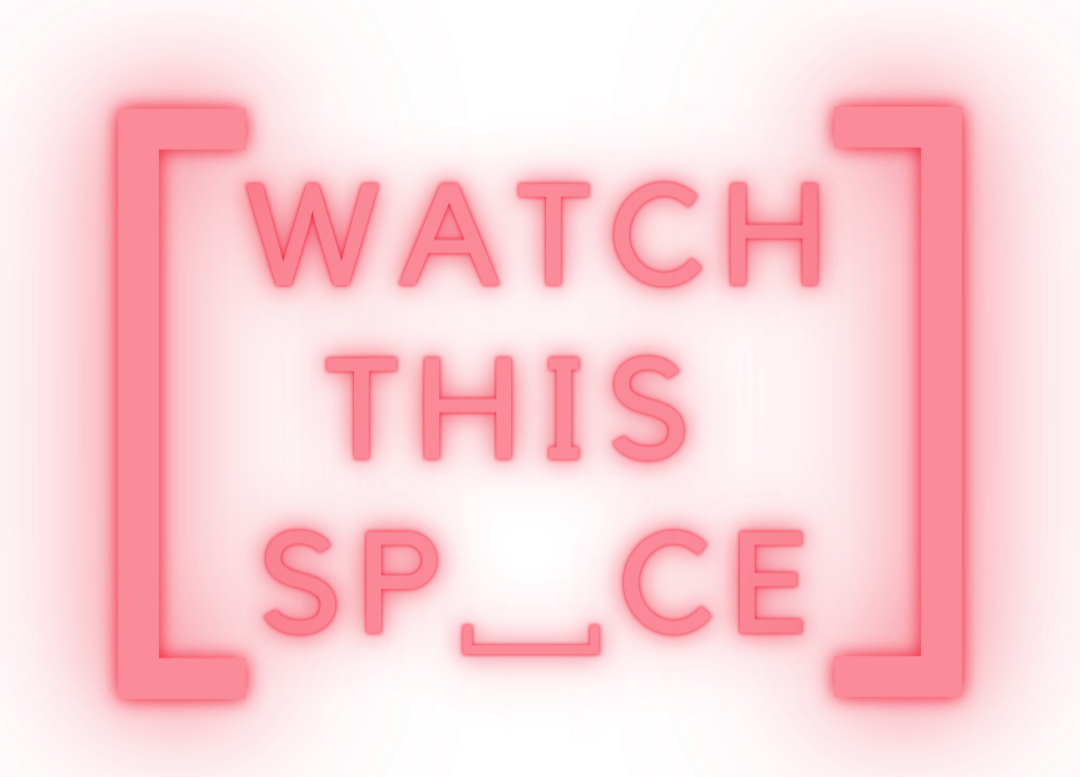Empowerment in Action: How to Be an Effective Ally and Drive Meaningful Change
Written by Engagement, Anti-Racism and Allyship Lead at Watch This Sp_ce – Kaia Allen-Bevan
Picture this. It’s 2020. We are in lockdown. Protests are sparking the streets. The term allyship is thrown around like the paper round, easing its way into articles, emails, Zoom meetings…
…but you are sitting there, pondering over what it means, and what it genuinely looks like.
More than 80 % of white employees see themselves as allies to people of colour at work, but only 45 % of women of colour agree that they have strong allies in the workplace.
Considering that people are 50% less likely to consider leaving a company when they feel they have allies, this shows us that there seems to be some confusion around allyship, especially when you don’t fully understand someone’s lived experience. It also demonstrates that not only is being an ally the right thing to do but also has impactful benefits for your workplace, its culture, its performance and its success.
So, how do we define Allyship at Watch This Sp_ce?
Through conversations, trainings and workshops, a common and recurring fear is not being a “good enough” ally. However, in our above definition, we directly counter this negative self-belief by retraining ourselves that “everyone can and should be an ally”…even if we do get things wrong! This is a part of life, but if we choose to make each mistake a learning opportunity, we get to hold hands (figuratively) with growth and embody our best selves – for everyone, not just ourselves.
I’m sure you remember the “trend” of #blacklivesmatter and the famous “Black Square”. Well, these are examples of getting it wrong – stirring from feelings of guilt, shame, peer pressure and feeling like you need to perform in the light of social convenience. Not only are we acting from a negative thought pattern, this isn’t sustainable. I can think of countless organisations, communities, and individuals who were seemingly active in the resurgence of Black Lives Matter, but have now disappeared from the face of the earth as if the cause no longer is an “issue”. This is something we can call “performative allyship”.
Types of allyship:
Reactive / Performative – a fast response to something that a person is affected by at that moment.
Proactive – does not centralise fear of guilt and takes action Allyship is not a quiet, passive form of behaviour
As I have said in my TEDx talk (back in 2022), performative allyship paints, “an illusion that you are doing the fundamental work, but in essence, the only person you are serving is yourself. It serves your ego’s role of protecting you, to want to be validated for everything you do with external changes and results, when in reality, you may never see the results of your allyship shift. This psychological “comfort” retreats you back into your privilege when discomfort is a repetitive theme in (doing the) work.”
When we shift our allyship, we permit ourselves to be gentle, to listen to our body before it burns out, to be intersectional, to become a fundamental part of your culture, to instil confidence in yourself and what you can offer, which will then give you the tools to influence your sphere, nevermind the globe. Rather than be deterred away by the scale of the issues we have at hand, we can allow hope and determination to see justice fulfilled and be a guiding light, forever shining bigger and brighter.
In our Allyship training, we hope our attendees can identify the types of allies they are already, and how they can be inspired to become many different types of allies as they do the work. I won’t spoil our course for you, but here are some types that you may resonate with currently:
Types of ally:
- Sponsor – openly supports people from under-represented groups
- Champion – passes attention to others and amplifies them
- Advocate – uses their position of power to help others
- Amplifier – ensures a wide range of voices are heard
The very injustice and privilege at its very core is this: the whole point is that there shouldn’t be a choice whether or not to become an ally. This mindset and actions to take should be an integrated and fundamental part of our culture, in and outside of the workplace. In fact, people in places where allyship is encouraged are twice as likely to feel like they belong!

What actions can I take to become an ally today?
Here are some of our suggestions:
- Make brave spaces for the “uncomfortable” conversations
- Undertake training, attend workshops and events about proactive allyship (cough, cough – book with us – cough)
- Acknowledge and understand your privileges and advantages
- Look at hiring and ways of working to foster diverse voices – beyond ”ticking boxes”
- Encourage voices of colour to participate in events, and meetings, and share ideas
- Hold people accountable and challenge discrimination, no matter the degree, when you see it
Remember, it’s by doing these things (and more) consistently that we drive collective change. And, the more of your team on this agenda, the better! Now it’s time for you to take some action.
What is one action you are going to commit to, to become a better ally today?
You have got this! ♥️

